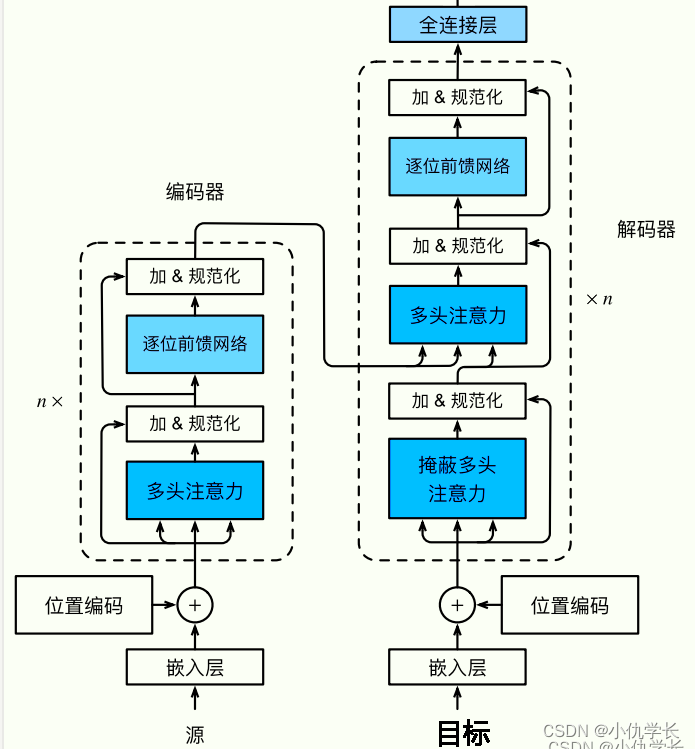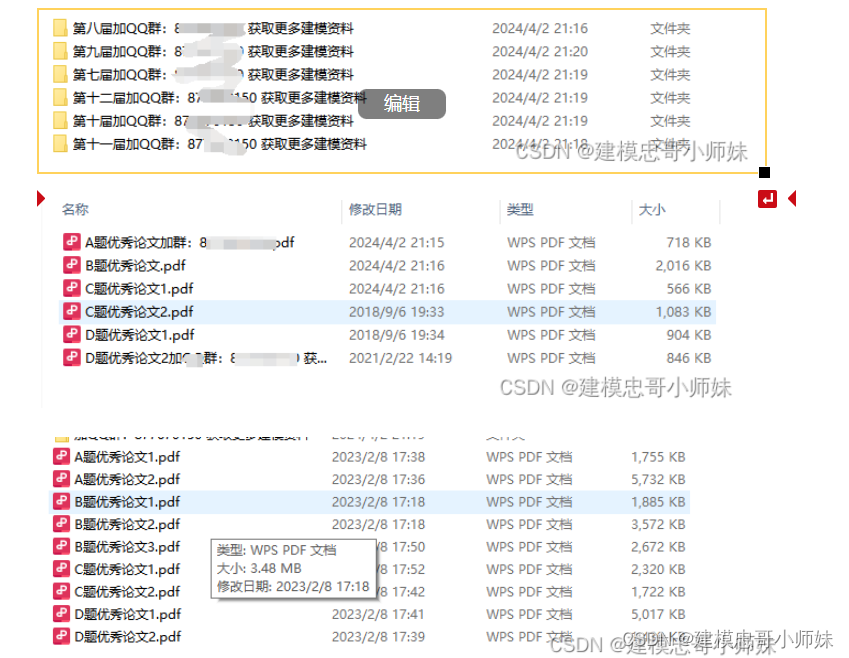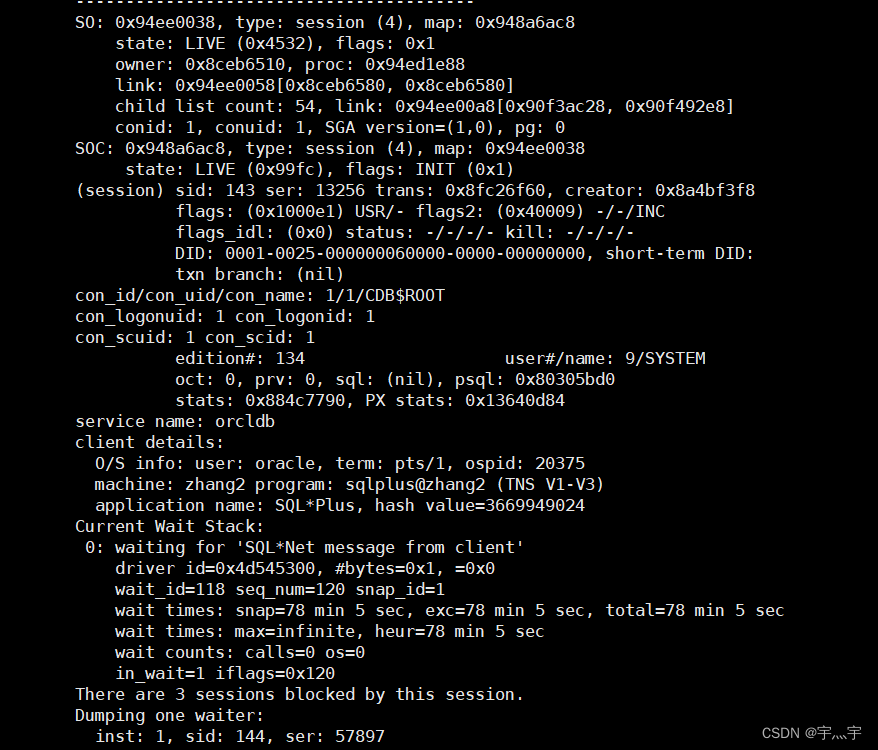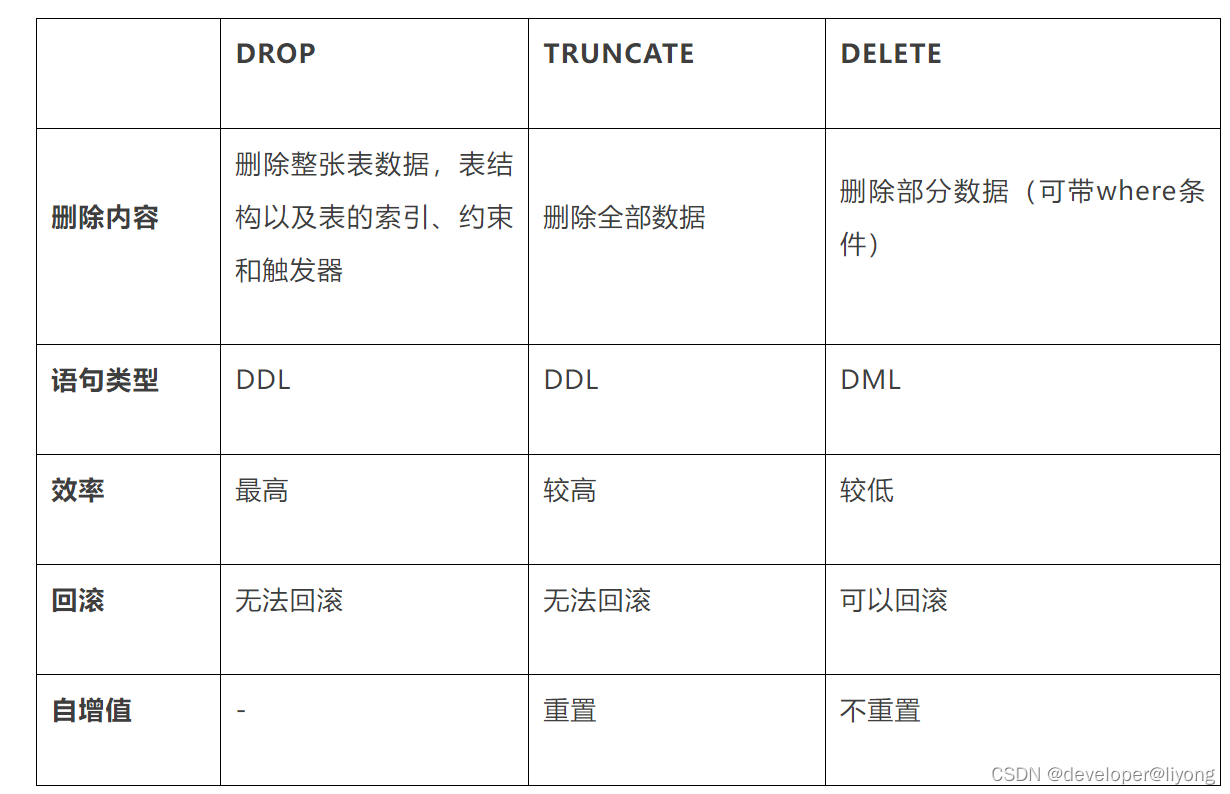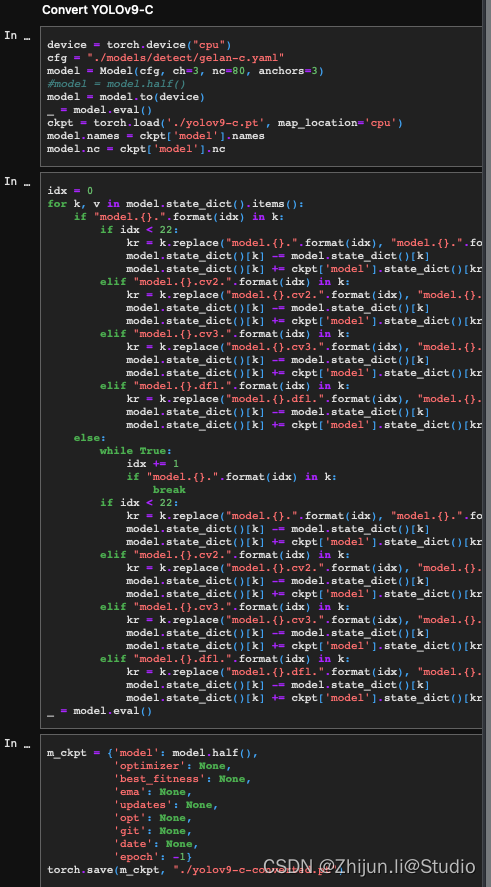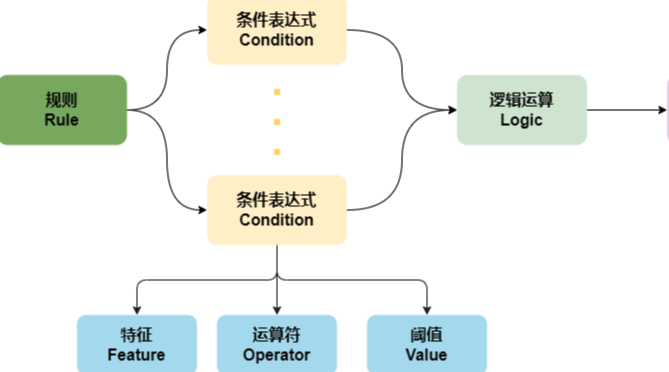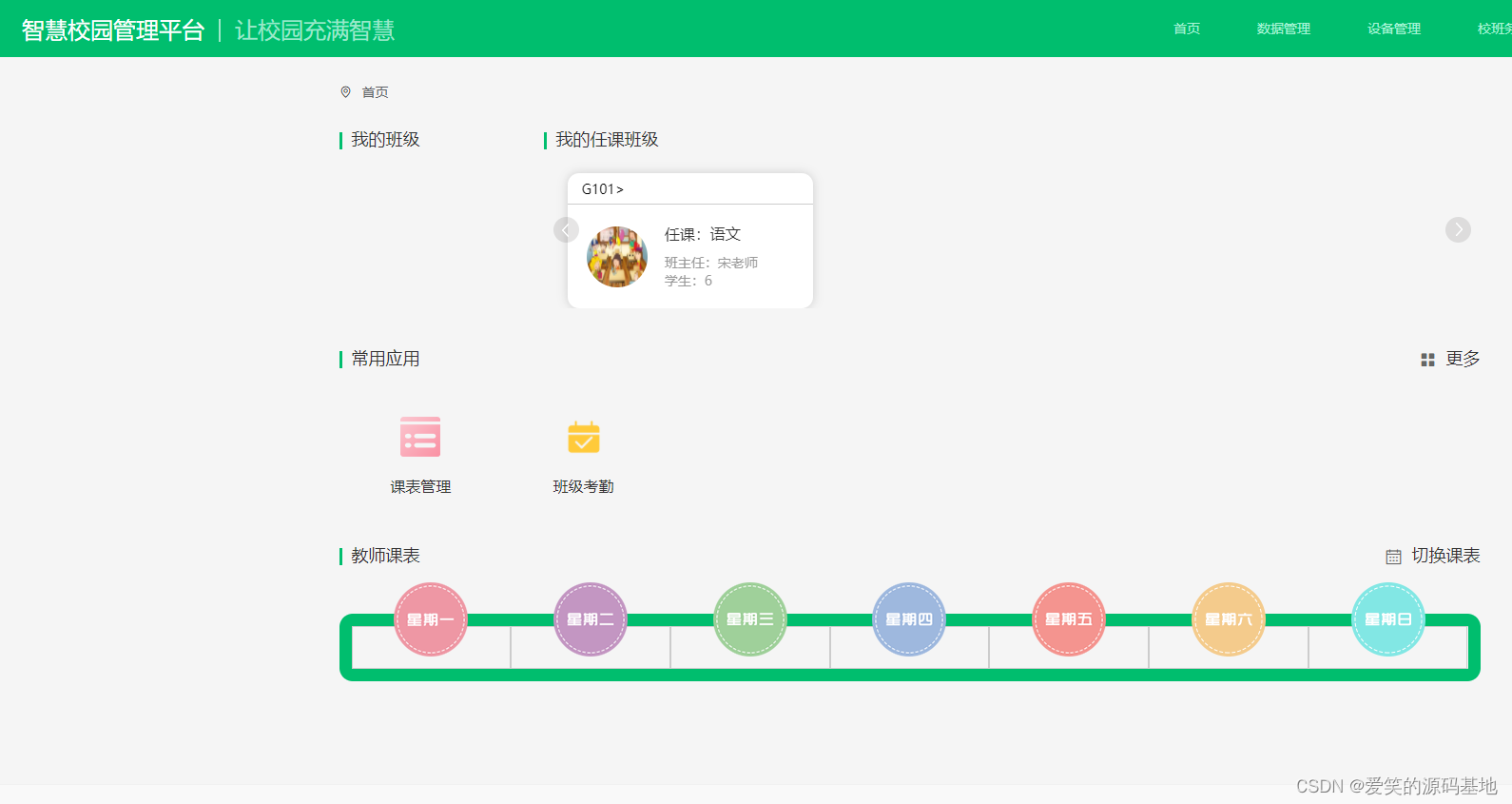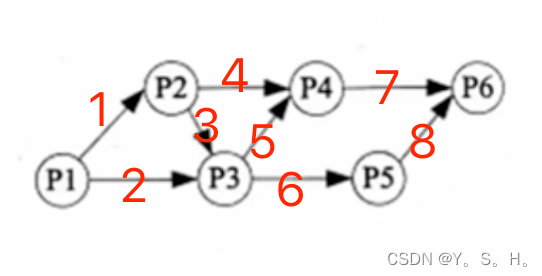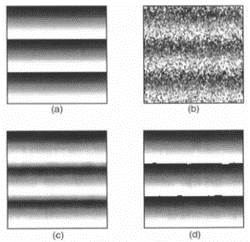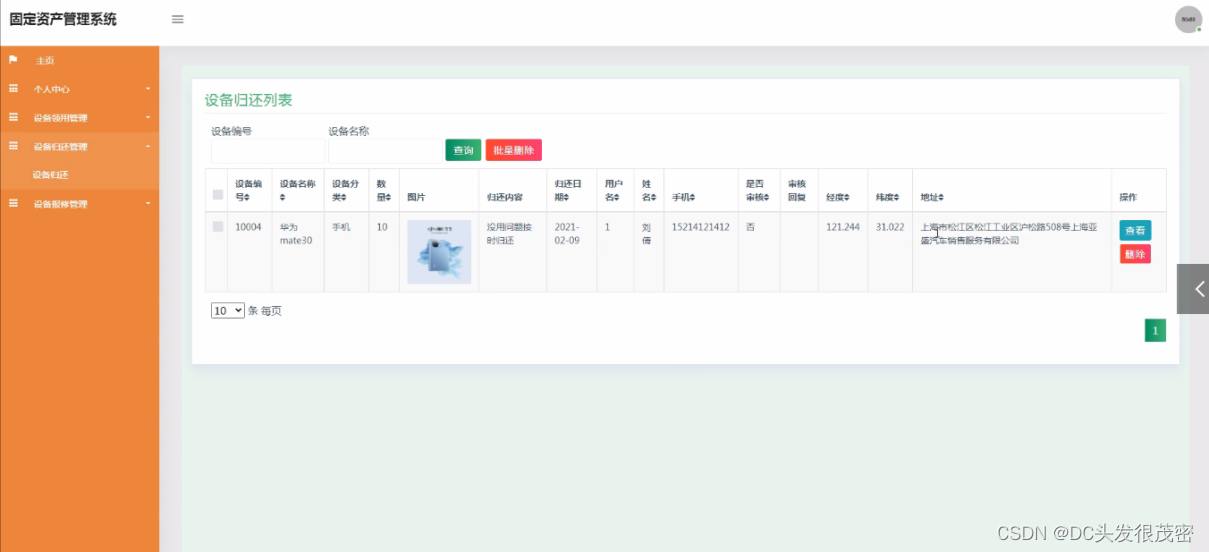RTC(实时时钟)
什么是RTC?
RTC是指实时时钟(Real-Time Clock),是一种能够持续跟踪时间的计时器,即使在设备断电的情况下也能保持时间的准确性。它通常用于需要准确时间记录的应用,比如计时器、日历、数据记录等。
RTC的工作原理
RTC的核心部分是一个稳定的时钟源,它以一定的频率(比如32.768KHz)运行,并且不会因为设备断电而停止。RTC可以通过内部的计数器来记录经过的时间,从而实现持续跟踪时间的功能。
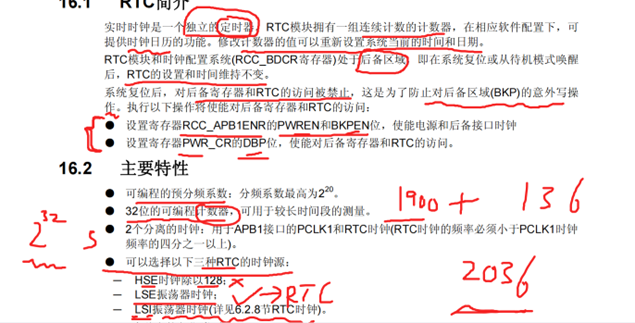

由于标准库给了,所以我们简单看一下:
RTC配置和初始化
cCopy CodeExplain#include "rtc.h"
// 声明RTC配置和初始化函数
void RTC_Configuration(void);
void Time_Adjust(void);
uint32_t Time_Regulate(void);
// 定义保存当前时间的结构体变量
struct tm now_time;
// RTC配置函数
void RTC_Config(){
// 检查RTC是否已配置
if (BKP_ReadBackupRegister(BKP_DR1) != 0xA5A5)
{
// RTC未配置
printf("\r\n\n RTC not yet configured....");
// 进行RTC配置
RTC_Configuration();
printf("\r\n RTC configured....");
// 调整时间
Time_Adjust();
// 将配置标志写入备份寄存器
BKP_WriteBackupRegister(BKP_DR1, 0xA5A5);
}
else
{
// RTC已配置
// 检查复位标志位
if (RCC_GetFlagStatus(RCC_FLAG_PORRST) != RESET)
{
printf("\r\n\n Power On Reset occurred....");
}
else if (RCC_GetFlagStatus(RCC_FLAG_PINRST) != RESET)
{
printf("\r\n\n External Reset occurred....");
}
printf("\r\n No need to configure RTC....");
// 等待RTC寄存器同步
RTC_WaitForSynchro();
// 启用RTC秒中断
RTC_ITConfig(RTC_IT_SEC, ENABLE);
RTC_WaitForLastTask();
}
}
// RTC配置函数
void RTC_Configuration(void)
{
// 启用PWR和BKP时钟
RCC_APB1PeriphClockCmd(RCC_APB1Periph_PWR | RCC_APB1Periph_BKP, ENABLE);
// 允许访问BKP域
PWR_BackupAccessCmd(ENABLE);
// 复位备份域
BKP_DeInit();
// 启用LSE
RCC_LSEConfig(RCC_LSE_ON);
// 等待LSE就绪
while (RCC_GetFlagStatus(RCC_FLAG_LSERDY) == RESET)
{}
// 选择LSE作为RTC时钟源
RCC_RTCCLKConfig(RCC_RTCCLKSource_LSE);
// 启用RTC时钟
RCC_RTCCLKCmd(ENABLE);
RTC_WaitForSynchro();
RTC_WaitForLastTask();
RTC_ITConfig(RTC_IT_SEC, ENABLE);
RTC_WaitForLastTask();
RTC_SetPrescaler(32767); // RTC周期 = RTCCLK / RTC_PR = (32.768 KHz) / (32767 + 1)
RTC_WaitForLastTask();
}
// 获取当前时间的函数
uint32_t Time_Regulate(void)
{
// 设置当前时间
now_time.tm_year = 2024-1900;
now_time.tm_mon = 4-1;
now_time.tm_mday = 2;
now_time.tm_hour = 10;
now_time.tm_min = 13;
now_time.tm_sec = 0;
return mktime(&now_time);
}
// 调整时间的函数
void Time_Adjust(void)
{
RTC_WaitForLastTask();
RTC_SetCounter(Time_Regulate());
RTC_WaitForLastTask();
}
接着我们通过数学函数画表盘
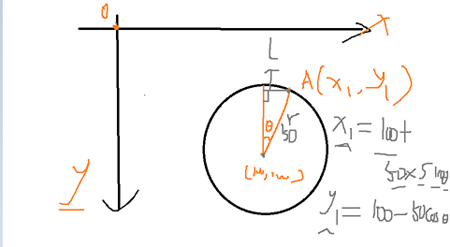
void showbiaopan(int hour,int min)
{
int sx1 = 0;
int sx2 = 0;
int sy1 = 0;
int sy2 = 0;
int sx3 = 0;
int sx4 = 0;
int sy3 = 0;
int sy4 = 0;
int mx1 = 0;
int mx2 = 0;
int my1 = 0;
int my2 = 0;
int mx3 = 0;
int mx4 = 0;
int my3 = 0;
int my4 = 0;
int hx1 = 0;
int hx2 = 0;
int hy1 = 0;
int hy2 = 0;
int hx3 = 0;
int hx4 = 0;
int hy3 = 0;
int hy4 = 0;
u32 time = 0;
while(1)
{
switch(KEY_Check())
{
case 1:
showyemian1(HOUR,MIN,CHOUR,CMIN);
case 2:
showyemian2();
case 3:
showyemian3(TSTEP);
case 4:
showyemian4();
}
BreatheLed();
if(dj>=90000)
{
dj = 0;
LCD_ShowPicture(0,0,240,320,(u8*)gImage_daiji);
time = RTC_GetCounter();
now_time = *localtime(&time);
now_time.tm_min += min;
now_time.tm_hour += hour;
//
get_points_on_concentric_circles(120, 160,0,20,now_time.tm_sec%60+30, &sx3, &sy3, &sx4, &sy4);
LCD_DrawLine((uint16_t)sx3,(uint16_t)sy3,(uint16_t)sx4,(uint16_t)sy4,0);
get_points_on_concentric_circles(120, 160,0,117,now_time.tm_sec%60, &sx3, &sy3, &sx4, &sy4);
LCD_DrawLine((uint16_t)sx3,(uint16_t)sy3,(uint16_t)sx4,(uint16_t)sy4,0);
//
get_points_on_concentric_circles(120, 160,30,115,now_time.tm_min%60, &mx1, &my1, &mx2, &my2);
get_points_on_concentric_circles(120, 160,7,30,now_time.tm_min%60, &mx3, &my3, &mx4, &my4);
LCD_DrawLine((uint16_t)mx1,(uint16_t)my1,(uint16_t)mx2,(uint16_t)my2,2);
LCD_DrawLine((uint16_t)mx3,(uint16_t)my3,(uint16_t)mx4,(uint16_t)my4,0);
//ʱ
get_points_on_concentric_circles(120, 160,30,72,now_time.tm_hour%12*5+5*now_time.tm_min/60, &hx1, &hy1, &hx2, &hy2);
get_points_on_concentric_circles(120, 160,7,30,now_time.tm_hour%12*5+5*now_time.tm_min/60, &hx3, &hy3, &hx4, &hy4);
LCD_DrawLine((uint16_t)hx1,(uint16_t)hy1,(uint16_t)hx2,(uint16_t)hy2,3);
LCD_DrawLine((uint16_t)hx3,(uint16_t)hy3,(uint16_t)hx4,(uint16_t)hy4,1);
}
}
}
实现效果:
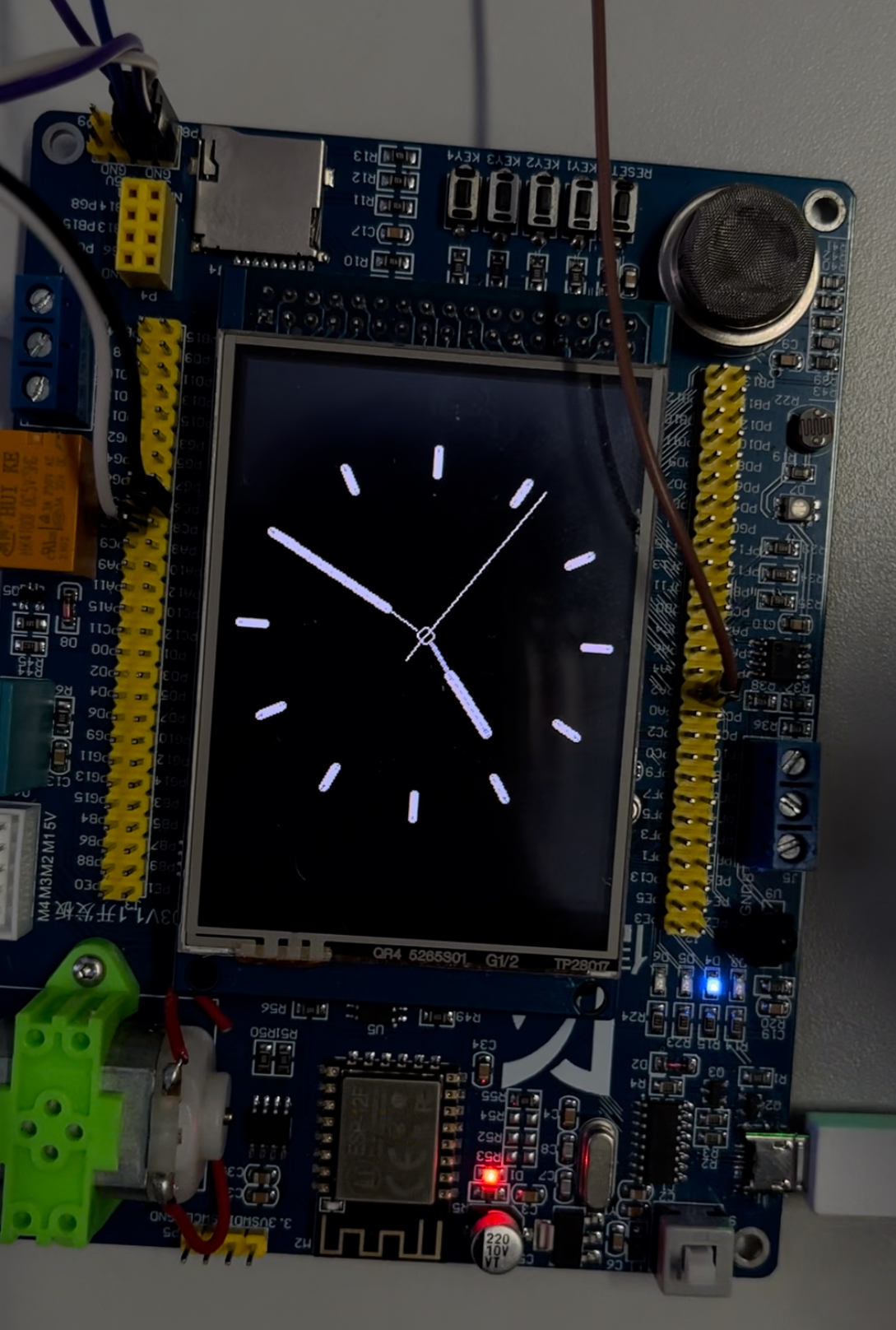
![[每日算法 - 阿里机试] leetcode739. 每日温度](https://img-blog.csdnimg.cn/direct/1eb6c738724641b69322ab130bf70dac.png)
